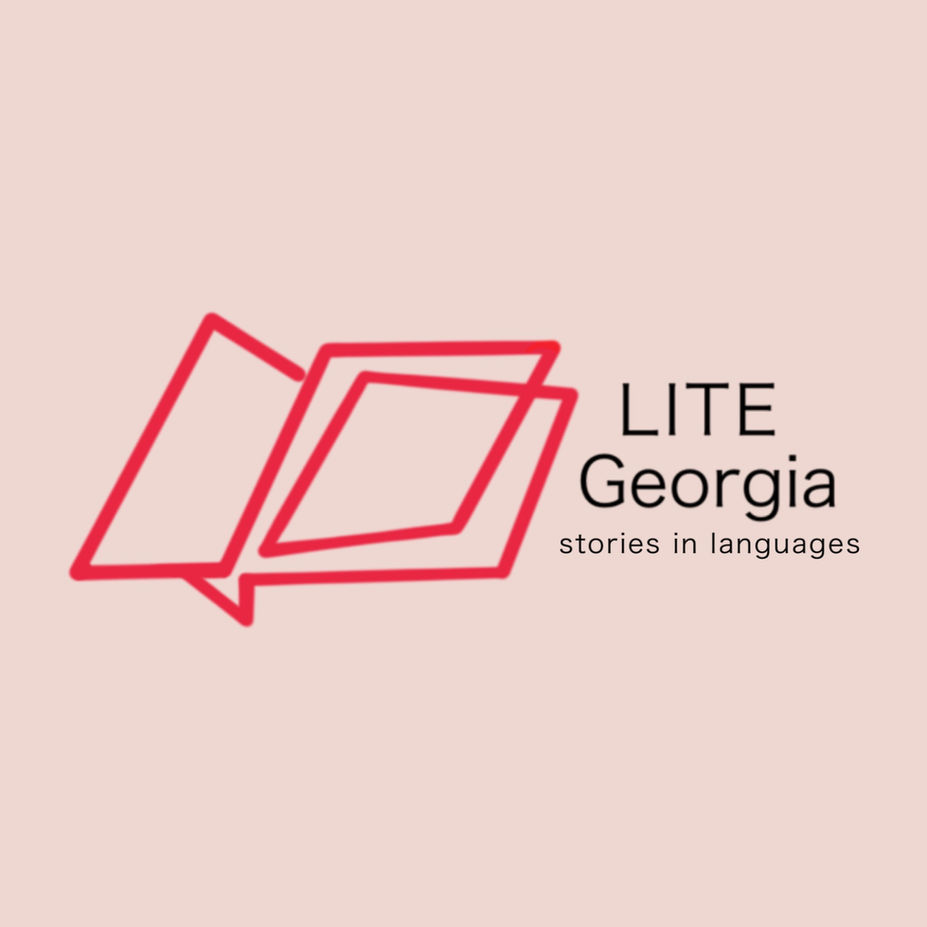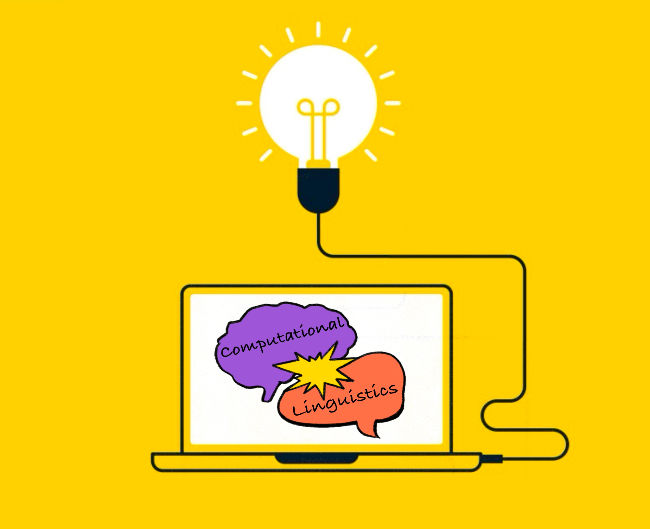FACTS & FIGURES
As of 2024, there are about
7,168 living languages worldwide, according to Language databases.
Most languages are spoken by small communities, while a few dominate in terms of number of speakers.
Languages with 100M+ speakers
~25
Languages
Languages with 10M - 99M speakers
~480
Languages
Languages with 1M - 9.9M speakers
~1500
Languages
Languages with 10K - 99K speakers
~2000
Languages
Languages with 1K - 9.9K speakers
~1500
Languages
Languages with less than 1K speakers
~1500
Languages
Who We Are and What We Do
LANGUAGES IN STORIES
Our aim is to bridge the gap between diverse linguistic communities and the vast pool of shared information and knowledge. We provide people meaningful access to information, enabling them to make informed decisions about the benefits and features of various products and services and further helping individuals exercise a real say in evaluating and utilising the offerings that best suit their needs.
Simultaneously, we support enterprises in expanding their global reach and presence by making their values, products, and services accessible to a broader audience. Businesses can maximise engagement, enhance user experience, and build stronger connections with customers worldwide by tailoring content to different linguistic and cultural groups.

Our WHY
LANGUAGES AND MACHINES
Lite Georgia uses language datasets to train AI engines. These data sets are helpful for AI companies for marketing, research, technology etc. Our services seek to act as a crucial connection between communities and businesses, promoting inclusivity, accessibility, and meaningful communication across language barriers.

LANGUAGE
DEVELOPMENT
MODEL
Our Vision
LANGUAGES AND MACHINES
Our Services
TRANSFORMING IDEAS INTO EFFECTIVE MARKETING CAMPAIGNS

Good Reads

"Outstanding Results!"
Challenges in correlating data sets across language families.
The correlation of linguistic data sets plays a pivotal role in designing large, data-driven Natural Language Processing (NLP) solutions, especially for languages with low or zero resources. These languages, often underrepresented in digital spaces, present a unique set of challenges due to the lack of large-scale, annotated data. However, through advanced techniques in comparative linguistic analysis, particularly morphological and syntactic analysis, significant strides are being made to develop parallel corpora that bridge this gap across various language families, such as Afro-Asiatic, Sino-Tibetan, Indo-European, and others.

"Exceeds Expectations"
The importance of language localisation in conveying the core benefits and features of a product.
Vision language localisation aims to bridge the gap between diverse linguistic communities and the vast pool of shared information and knowledge. This initiative ensures that people from various language backgrounds can access and engage with essential content in a way that resonates with their cultural and linguistic contexts. Through this endeavour, we empower communities by providing them with meaningful access to information, enabling them to make informed decisions about the benefits and features of different products and services. By localising content effectively, we help individuals exercise a real say in evaluating and utilising offerings that best suit their needs. Simultaneously, we support enterprises in expanding their global reach by making their values, products, and services accessible to a broader audience. By tailoring content to different linguistic and cultural groups, businesses can maximise engagement, enhance user experience, and build stronger connections with customers worldwide. In essence, vision language localisation serves as a vital link between communities and enterprises, fostering inclusivity, accessibility, and meaningful communication across linguistic boundaries.
.jpg)
"Innovative and Reliable"
The significance of stories in verifying semantic and grammatical accuracy across translated languages.
Field testing and community validation of the translated stories by native speakers of the target language groups is a crucial step in refining the translation system. By engaging actual speakers in the process, the system’s grammatical and semantic accuracy can be significantly improved. This iterative feedback loop helps identify and correct any errors or inconsistencies in the translation, ensuring that the system aligns more closely with the natural usage and structure of the target language. Native speakers are essential for identifying subtle nuances that may not be captured by automated translation models. They can point out issues with word choice, sentence structure, and context that might not be immediately apparent in the raw output of the system. Their insights are invaluable for enhancing the system's ability to generate grammatically correct sentences, reflect proper word order, and maintain the intended meaning of the original text. Moreover, this process contributes to refining the system's understanding of key linguistic features such as morphology—the way words are formed and modified—and lexico-semantic properties, which refer to the meaning and usage of words in different contexts. By validating the translations with speakers who are familiar with these features, the system learns to better handle the complexities of word inflection, derivation, and the relationship between words and their meanings. Overall, community validation helps improve the accuracy of word order, morphological structures, and lexico-semantic properties across different language pairs. This ensures that the translation system produces more natural, contextually appropriate, and linguistically accurate translations, making it more reliable and effective for real-world use.

"Top-Notch Expertise"
Challenges in Rule-Based Machine (RBM)
Rule-Based Machine Translation (RBM) models rely on linguistic rules and dictionaries for translation but face several limitations. They struggle with linguistic complexity, ambiguity handling, and adaptability to informal or evolving language use. RBM systems require extensive manual rule development, making them resource-intensive and difficult to scale for multiple languages. They also produce rigid, less natural translations and lack the ability to learn from new data dynamically. Due to these challenges, RBMT has been largely replaced by statistical and neural models but remains useful in controlled environments and low-resource language settings.

"A True Partner in Growth"
Migration of rule based AI models into statistical and neural.
Rule-Based Machine Translation (RBMT) plays a crucial role in supporting low-resource and zero-corpus languages by providing a structured foundation for translation. Since these languages often lack large parallel corpora required for statistical and neural models, RBMT serves as an initial step in developing linguistic resources. RBMT systems rely on linguistic rules and dictionaries, enabling mother tongue speakers to validate and refine translations. This process helps create an authenticated language corpus, which forms the basis for transitioning to Statistical Machine Translation (SMT). Once a sufficient corpus is developed, SMT can accelerate translation efforts, producing faster and more scalable outcomes. As SMT generates larger datasets and refines translation quality, the transition to Neural Machine Translation (NMT) becomes possible. The neural model leverages the corpora developed through SMT, enabling more fluent, context-aware, and natural translations. This progressive approach—from RBMT to SMT and finally to NMT—ensures a structured and efficient development of machine translation systems, even for languages with limited digital resources.

4
COLLABORATIONS























